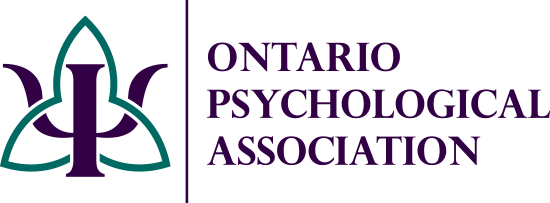Premier Trauma Treatment from the Best Psychologists in Toronto
A Guide to the Best Trauma Treatment and Psychologists in Toronto
We all respond differently to traumatic events and what is considered ‘traumatic’ can also vary from person to person. In general, trauma can be defined as a psychological, emotional response to an event or an experience that is deeply distressing or disturbing.
Traumatic events can be experienced directly, witnessed, or learned, and these experiences often involve a threat to life or safety. However, any situation that leaves you feeling overwhelmed can result in trauma, even if it does not involve physical harm. Often misunderstood, it is not the objective event that is traumatic, but one's subjective emotional experience of the event.
Emotional and/or psychological trauma can be caused by:
- One time events such as accidents, injuries, attacks (especially when occurring in childhood)
- Ongoing relentless stress such as battling a life-threatening illness, bullying, domestic violence, or neglect
- Commonly overlooked causes like surgery, sudden loss of a loved one, loss of a significant relationship, or a humiliating or disappointing experience
After experiencing a trauma, individuals may experience any of the following emotional and/or physical symptoms:
- Feeling sad or hopeless
- Feeling disconnected or numb
- Hypervigilance (being easily startled)
- Insomnia or nightmares
- Fatigue
- Edginess or agitation
- Muscle tension, aches, or pains
When left untreated, symptoms of trauma may worsen and develop into
post-traumatic stress disorder (PTSD) or
Complex PTSD for those who have experienced repeated traumas. Other types of trauma related psychological concerns include
acute stress disorder,
adjustment disorder, and
reactive attachment disorder.
Trauma vs. Stress & How to Treat Trauma
Trauma is an event that can shatter our sense of confidence and contradict our current view of the world.
Additionally, trauma can cause stress. However, stress refers to experiences that are providing a consistent psychological and emotional burden.
Several different interventions have been developed to trauma treatment. Cognitive behavioural therapy (CBT) can teach an individual to become more aware of their thoughts and beliefs. Another cognitive method, cognitive processing therapy (CPT) can help individuals to reprocess the meaning of the traumatic event in a more helpful way. Exposure therapy can sometimes be used to reduce the amount of fear associated with emotional triggers related to a traumatic experience. Additionally, body-oriented approaches such as mindfulness , yoga, EMDR, and sensorimotor psychotherapy can be helpful in aiding the reconnection between mind and body.
If you’ve experienced any of the above symptoms, you may have experienced trauma.
Contact us for a free 15 minute phone consultation to see how we can help.
Acute Stress Disorder
Acute Stress Disorder can occur following the experience of a traumatic event. Acute Stress Disorder is similar to PTSD, except that symptoms last for no longer than one month.
Symptoms of Acute Stress Disorder can include:
- Recurrent memories, dreams, or flashbacks
- Feeling like one is reliving the traumatic event
- Difficulty experiencing positive emotions or feeling numb / detached
- Attempting to avoid reminders of the traumatic event
- Feeling distressed when reminded of the traumatic event
- Irritability, angry outbursts
- Hypervigilance or an exaggerated startle response
- Difficulty with concentration
- Trouble sleeping
- Restlessness or psycho-motor agitation
- Increased
anxiety
When left untreated, symptoms of trauma may worsen and develop into
post-traumatic stress disorder (PTSD) or
Complex PTSD for those who have experienced repeated traumas. Other types of trauma related psychological concerns include
acute stress disorder,
adjustment disorder, and
reactive attachment disorder.
How is Acute Stress Disorder treated?
Cognitive behavioural therapy (CBT) can help control symptoms and prevent symptoms from developing into PTSD.
Additionally, mindfulness can be helpful to teach individuals techniques to manage anxiety and stress. Exposure therapy can also be helpful for some individuals experiencing a lot of avoidance.
If you’ve experienced any of the above symptoms, you may be suffering from Acute Stress Disorder. Contact us for a free 15 minute phone consultation to see how we can help.



